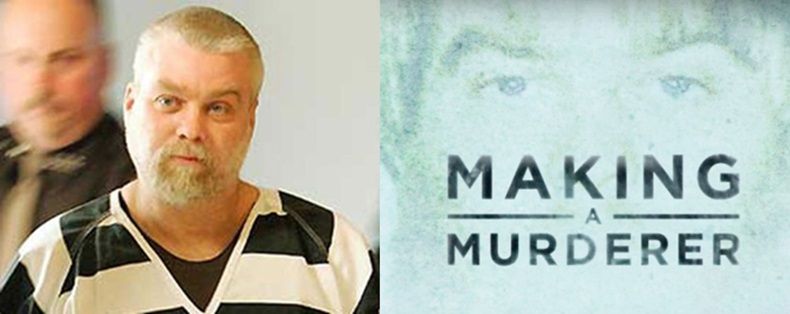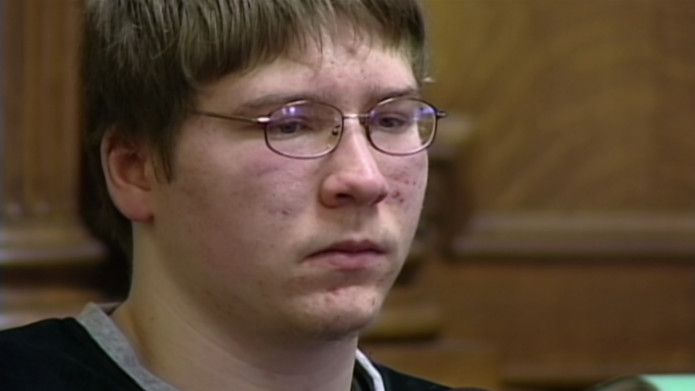There’s no denying that Ken Kratz, the lawyer that prosecuted and successfully convicted Steven Avery and Brendan Dassey of Teresa Halbach’s murder in 2005 , is aware of his status as a ‘villain’ in the public eye.
In fact, his latest book, Avery: The Case Against Steven Avery and What Making a Murderer Got Wrong, begins with the following statement: “My name is Ken Kratz. You may know me as the chief villain in the Netflix docuseries Making a Murderer.”
Given that audiences were emotionally invested in the trials of both Steven Avery and Brendan Dassey, Kratz became a central figure for the public to direct their anger at this perceived perversion of justice.
Kratz declined to be interviewed for the Netflix series but he’s quite vocal about the proceedings in his latest book.

Regarding the fact the then 16-year-old Dassey clearly had cognitive disabilities and was perhaps asked leading questions during his investigation (the reason for his retrial), Kratz reiterated his belief that Dassey is guilty.
“I lose no sleep over my prosecution of Brendan Dassey. I was a prosecutor with a dead young woman and her surviving family for which to pursue justice. It was not my fault that Brendan was easily manipulated by Avery, or had a low IQ, or was shy, or that he made a dozen inconsistent statements. I believe Brendan could have saved Teresa’s life, but chose instead to involve himself in the rape, murder, and mutilation of an innocent woman. I have always said that he did not deserve life in prison, and should have taken the plea bargain that I offered him. But I couldn’t, and can’t
Unsurprisingly, Kratz is also convinced that Steven Avery is guilty.
“Timing and technology, I thought, underpinned Making a Murderer’s success. The show burst out during an electric, transformative, pre-Trump period in our country. Notoriously conservative America seemed to be leaning left, newly willing to challenge law enforcement. Many of the police shootings that fueled the Black Lives Matter movement resulted in no charges being filed against cops (think Baltimore, Ferguson), and yet the American public clamored for the freedom of a white man, Steven Avery, who was, by any measure of the evidence, stone guilty. This fascinated and, frankly, surprised me. When Making a Murderer took home four Emmys, it seemed that those who judge popular culture had sanctioned a newfound activist spirit, if one inconsistently applied.”

As audiences watched Making A Murderer, there was one pivotal moment when it appeared that Avery’s legal team of Dean Strang and Jerry Buting had secured a breakthrough that they were desperately searching for, finding the vial of Steven Avery’s blood which appeared to have been tampered with.
Kratz was critical of the filmmakers for their representation of that moment.
“We see close shots of the broken seal on the box that contains the vial of blood. We do not hear that the seal was broken in the presence of Avery’s own Innocence Project defense team in 2002, in a meeting to review the available physical evidence for retesting in pursuit of his eventual exoneration. We do not hear that the hole in the top of the tube was actually made by a nurse when the blood was first collected from Steven Avery, not by some phantom police conspirator. This is how all blood gets into collection tubes, as you are probably aware if you have ever had blood drawn yourself.”
Following the initial trial of Dassey and Avery, Kratz resigned from his office in October 2010 after becoming involved in a sexting scandal.





































